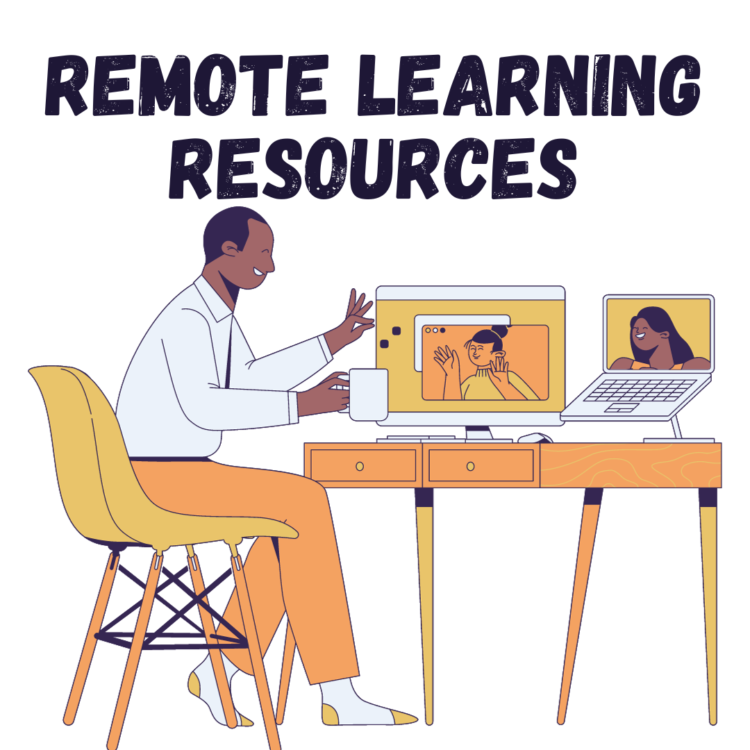In recent years, remote learning has become an integral part of education, driven by technological advancements and global connectivity. The rise of virtual classrooms has opened up new possibilities for learning, allowing individuals to access educational resources from anywhere in the world. In this blog, we’ll explore a variety of remote learning resources that empower students, educators, and lifelong learners to thrive in the digital realm.
Online Courses and Platforms:
The internet is teeming with online courses covering a myriad of subjects. Platforms like Coursera, edX, Khan Academy, and Udacity offer courses from top universities and institutions worldwide. These platforms provide a flexible learning environment, enabling students to choose courses that align with their interests and schedules.
E-Learning Platforms for Schools and Institutions:
Educational institutions have adapted to remote learning by utilizing dedicated e-learning platforms. Platforms such as Google Classroom, Moodle, and Canvas facilitate seamless communication between teachers and students, allowing for the distribution of assignments, collaborative projects, and real-time feedback.
Digital Libraries and Open Educational Resources (OER):
Digital libraries and OER are treasure troves of educational materials. Platforms like Project Gutenberg, OpenStax, and MIT OpenCourseWare provide free access to a wide range of textbooks, research papers, and educational resources. These resources empower learners with knowledge at their fingertips.
Webinars and Virtual Workshops:
Webinars and virtual workshops offer interactive learning experiences. Platforms like Zoom, Microsoft Teams, and Cisco Webex enable educators to conduct live sessions, fostering engagement and collaboration among participants. These real-time interactions bridge the gap between traditional classrooms and the virtual world.
Educational Apps:
The proliferation of smartphones has led to the development of educational apps that cater to various learning styles. Apps like Duolingo for language learning, Khan Academy Kids for early childhood education, and Quizlet for interactive study sessions provide engaging and accessible learning experiences.
Digital Tutors and Mentors:
Access to digital tutors and mentors has become easier with platforms like Chegg Tutors, Tutor.com, and Wyzant. These platforms connect students with qualified tutors for personalized assistance, ensuring that learners receive the support they need to excel in their studies.
Interactive Simulations and Virtual Labs:
For subjects that require hands-on experience, virtual labs and interactive simulations are invaluable. Platforms like PhET Interactive Simulations and Labster offer realistic simulations that allow students to conduct experiments in a virtual environment, enhancing their understanding of scientific concepts.
Podcasts and Educational YouTube Channels:
Audio and visual learning resources, such as educational podcasts and YouTube channels, provide an alternative and entertaining way to absorb information. Channels like TED-Ed, CrashCourse, and Vsauce cover a wide range of topics, making learning engaging and accessible.
Conclusion:
As remote learning continues to shape the educational landscape, the abundance of resources available online opens doors to limitless possibilities for learners of all ages. Whether you’re a student adapting to virtual classrooms, an educator exploring new teaching methods, or a lifelong learner pursuing knowledge, the diverse array of remote learning resources allows for personalized and enriching educational experiences. Embrace the digital era of learning, and let the world of knowledge unfold at your fingertips.










No Comments
Leave Comment